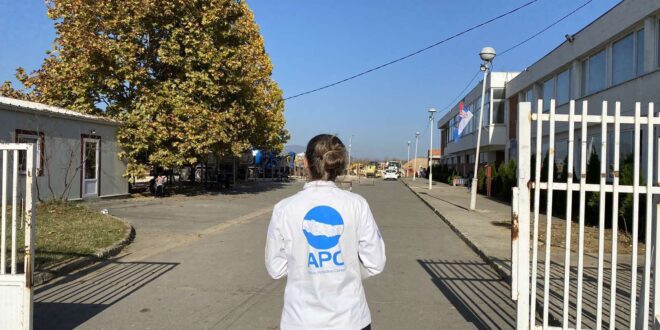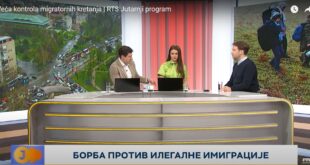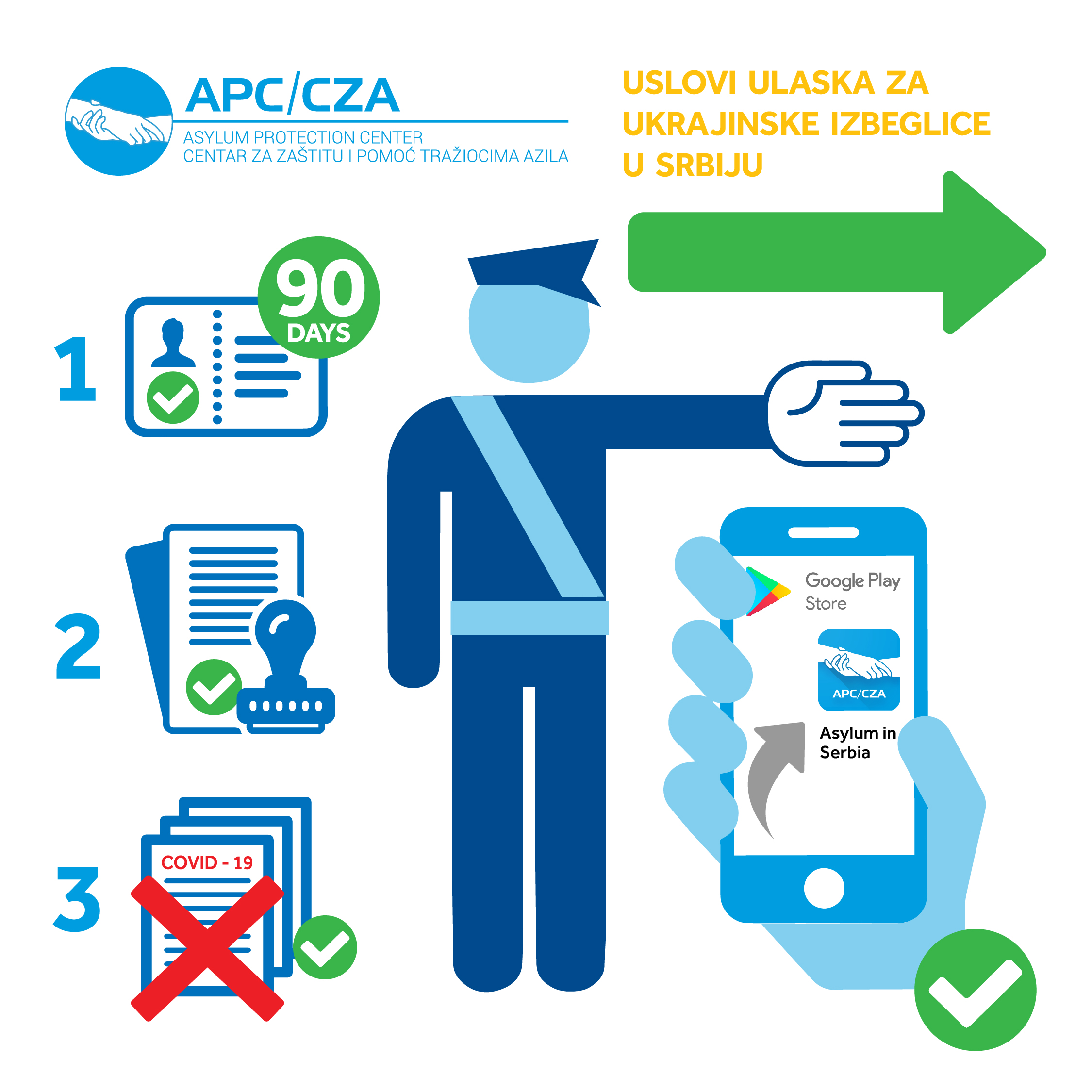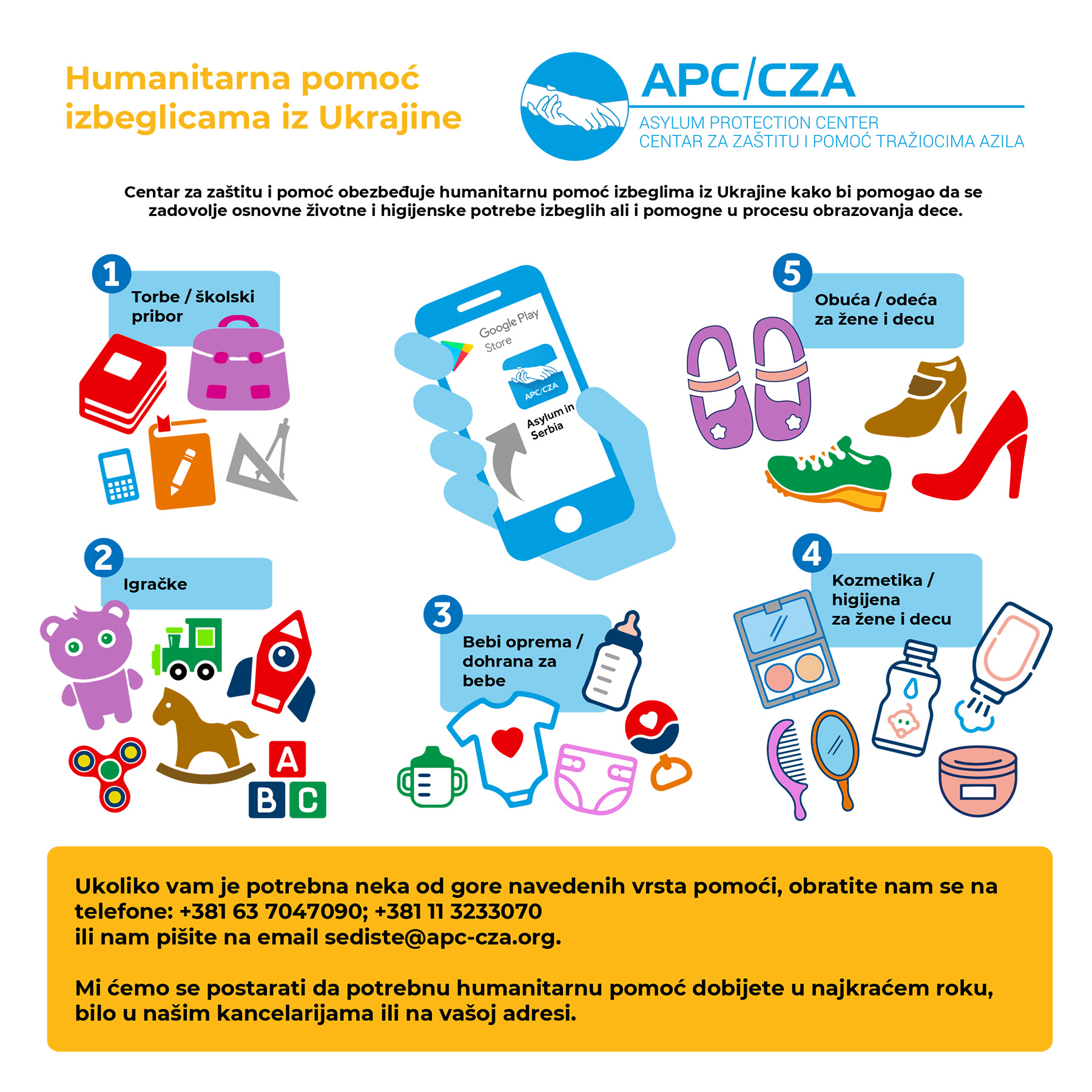Serbia celebrates World Refugee Day with many challenges regarding the protection of refugees who come from different hotspots and are subject to different protection regimes, but also with the opportunity to arrange their reception and protection while they are in Serbia. They are working to build a system that can withstand the constant influx of new refugees, but also possible unforeseen situations such as getting stuck and staying in the country for a shorter or longer period of time.
1. The majority of refugees in Serbia still have an unregulated legal status; it is not known who needs refugee protection and who does not. Access to important legal information and free legal aid is significantly more difficult for refugees. Out of over 30 000 people who, according to the estimates of our center, entered the country this year, only 440 people managed to express their intention for asylum by May, only 30 interviews were conducted and only 1 refugee protection and 5 subsidiary protections were granted in the same period, the other refugees were legally invisible to our institutions. That is why institutions and local authorities have problems with how to treat whom and which rights and obligations each category of refugee has while residing in our country.
At the moment, according to the estimates of the Center, between 150 and 250 refugees enter the country daily from Bulgaria, North Macedonia and Kosovo. Since the beginning of the year, over 30 000 refugees have entered the country, which is still less compared to the same period last year, when around 50 000 people passed through Serbia in the first half of the year. Airport migration and the use of the visa-free regime with Tunisia, Burundi and India also contributed to this.
The majority of refugees in Serbia are still from Afghanistan, and refugees also come from Burundi, Iran, Pakistan, Iraq, Cuba and other countries.
Syrian refugees are coming to us in greater numbers than last year, which is a consequence of the situation in Turkey. Anti-immigrant sentiment, cuts to support programs and the earthquake that provoked a humanitarian crisis in Turkey’s eastern provinces, in which more than 1.9 million Syrian refugees lived, have led to increasing challenges for refugees to stay and live in Turkey. After leaving Turkey, they take routes through the Balkans and Serbia towards the EU. We are still not talking about dramatic numbers.
As of this year, ending on June 1, over 36,500 Ukrainians entered Serbia, and 7437 of them registered their stay. Regarding the Russian citizens, between 30 000 and 40 000 of them are currently living in Serbia. Ukrainians have the right to temporary protection while the citizens of the Russian Federation are trying to resolve their status in Serbia mainly outside the asylum procedure.
2. The actual pushing (pushbacks) of refugees from neighboring EU countries back to Serbia continues, and these people then flock to the hands of smugglers who, with money and great risk to their lives, enable them to cross the borders again and continue their journey into the depth of the EU. Absurdly, the policy of pushback and the Hungarian fence encourages and develops people smuggling in Serbia by sending people back to Serbia because it does not finally resolve the issues of their position or return.
3. Our system currently meets the short-term humanitarian needs of refugees, but it does not have the capacity to sustainably accept a large number of refugees if they were to stay in Serbia and live here, and if they could not reach further and move to the EU.
We have between 5 000 and 6 000 beds in the camps, but it is questionable whether, in addition to emergency accommodation, the system could enable an efficient asylum procedure, social care, health care, education and integration for the same number of people. Institutions are casual and expect these people to move on, no one believes that it is possible for them to actually stay here (either stuck or pushed back from neighboring EU countries).
We cannot expect the EU to cover the running costs of accepting refugees indefinitely, we have to build our own capacities for an unforeseen scenario where people remain stuck here for a while, perhaps even longer.
4. Unfortunately, we cannot talk about sustainable integration. A handful of people manage to apply for asylum, and only a few dozen manage to get asylum each year (only 30 people in 2022, and only 6 people by June in 2023). People seeking asylum can only work after 9 months from the submission of the asylum application. Refugees have problems paying for a stay in private accommodation, obtaining and paying for work permits, covering basic living expenses, obtaining health care in local health centers, making social contacts and integrating into the local community. Without the intervention and help of our Center and a few other small organizations, it is almost impossible for them to do it alone.
Integration is only successful in the case of Ukrainian refugees, and in their case it is directly related to the fact that:
- they can work immediately after receiving temporary protection and then live in local communities, and not in isolated camps;
- they speak a similar Slavic language and quickly learn Serbian;
- they look like us and have similar habits;
- they often have friends or relatives in the local environment, who are the support;
- our Center provides them with legal and integrational support.
Refugees from Ukraine, on the other hand, face problems in obtaining relevant information and obtaining temporary protection, as well as in exercising their guaranteed rights, primarily the right to health care.
 AzilSrbija AzilSrbija
AzilSrbija AzilSrbija





